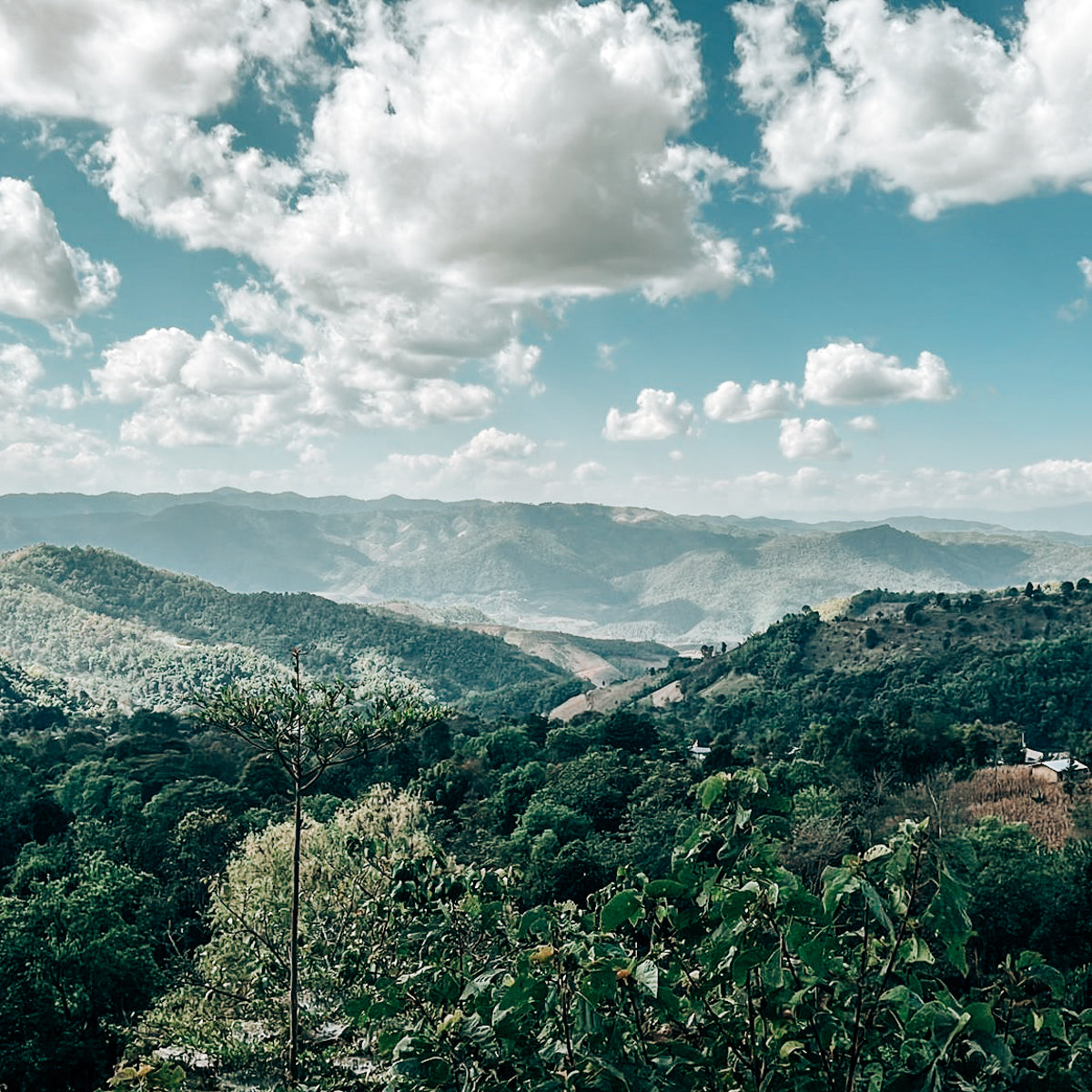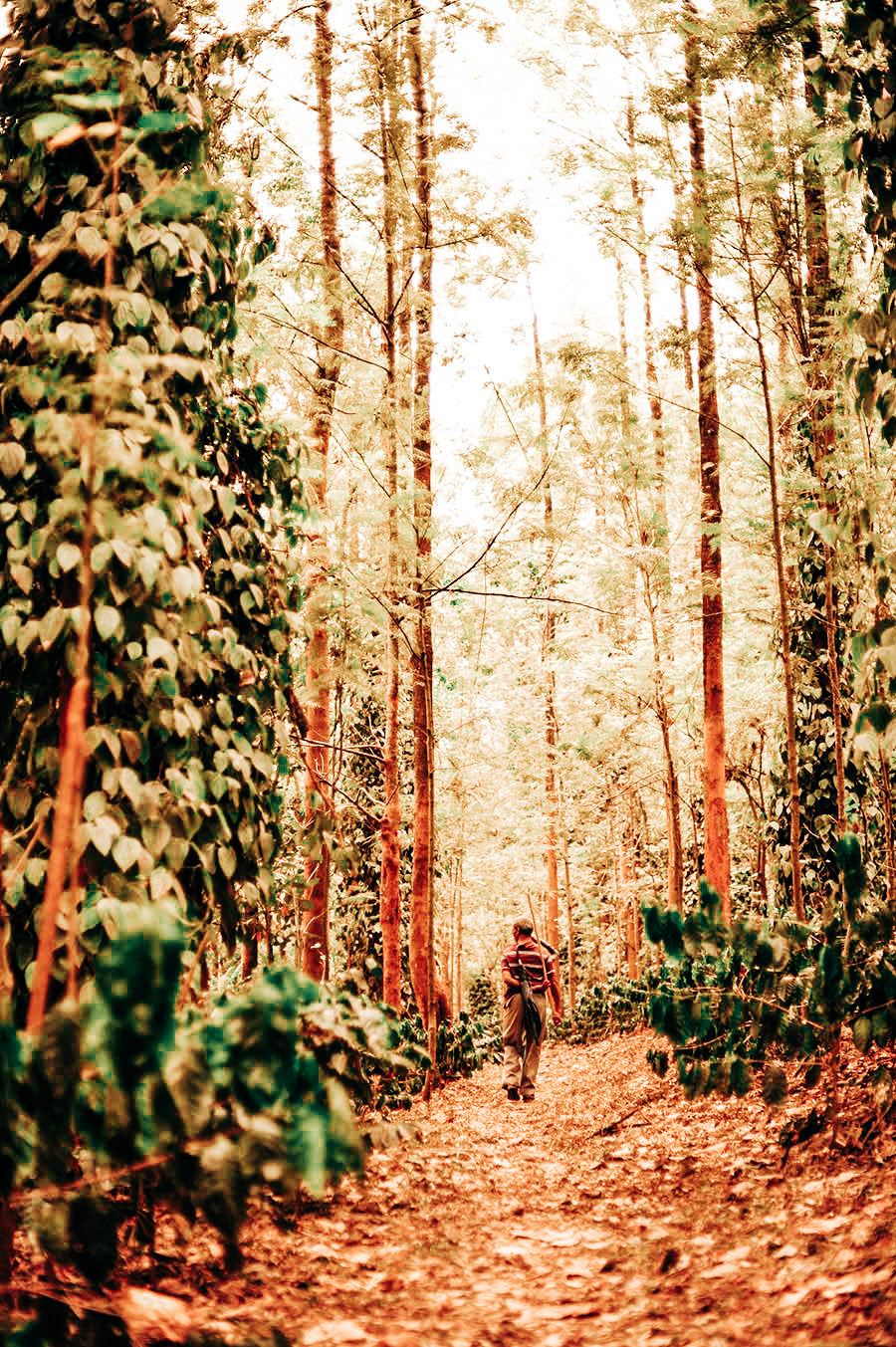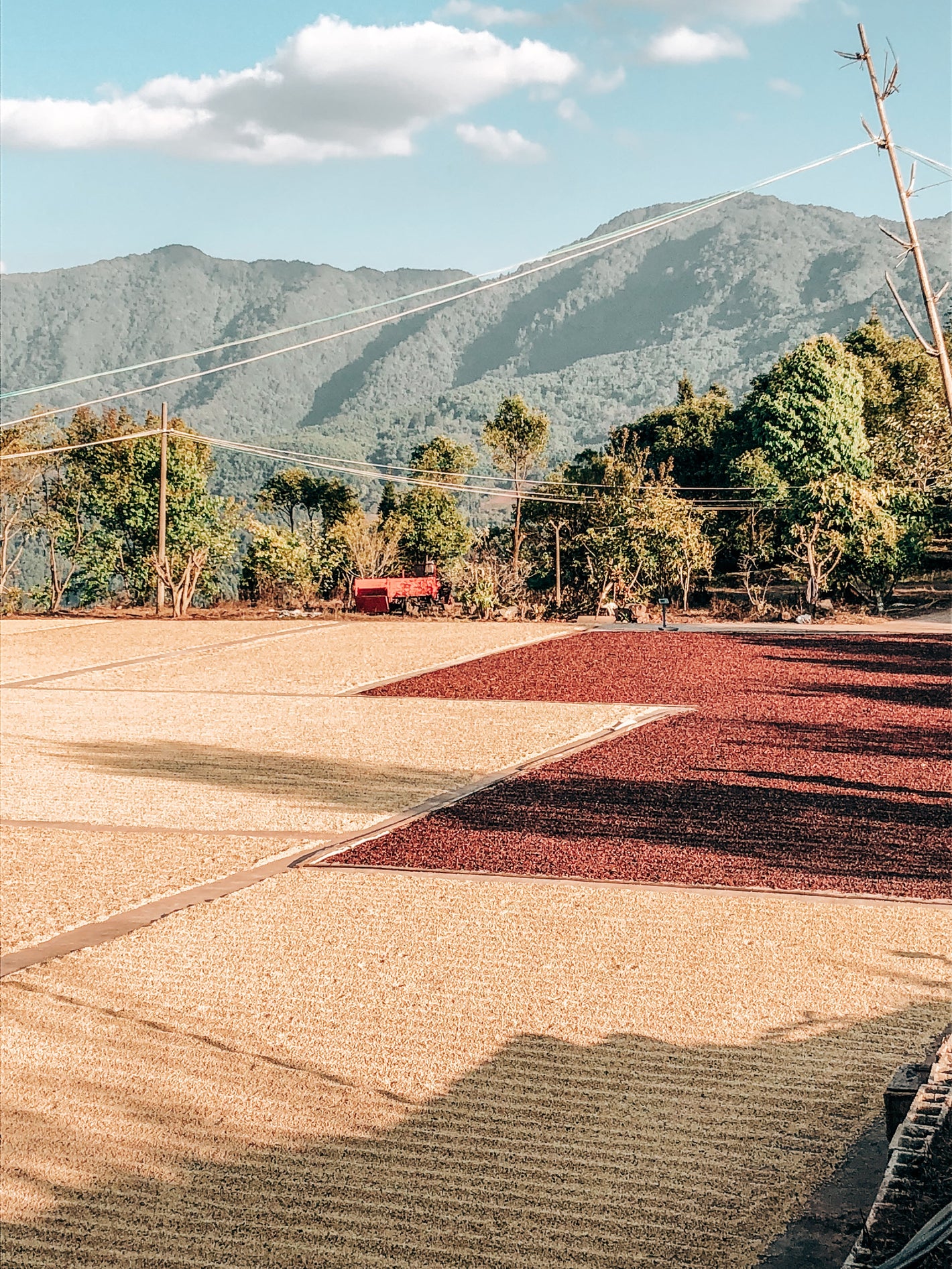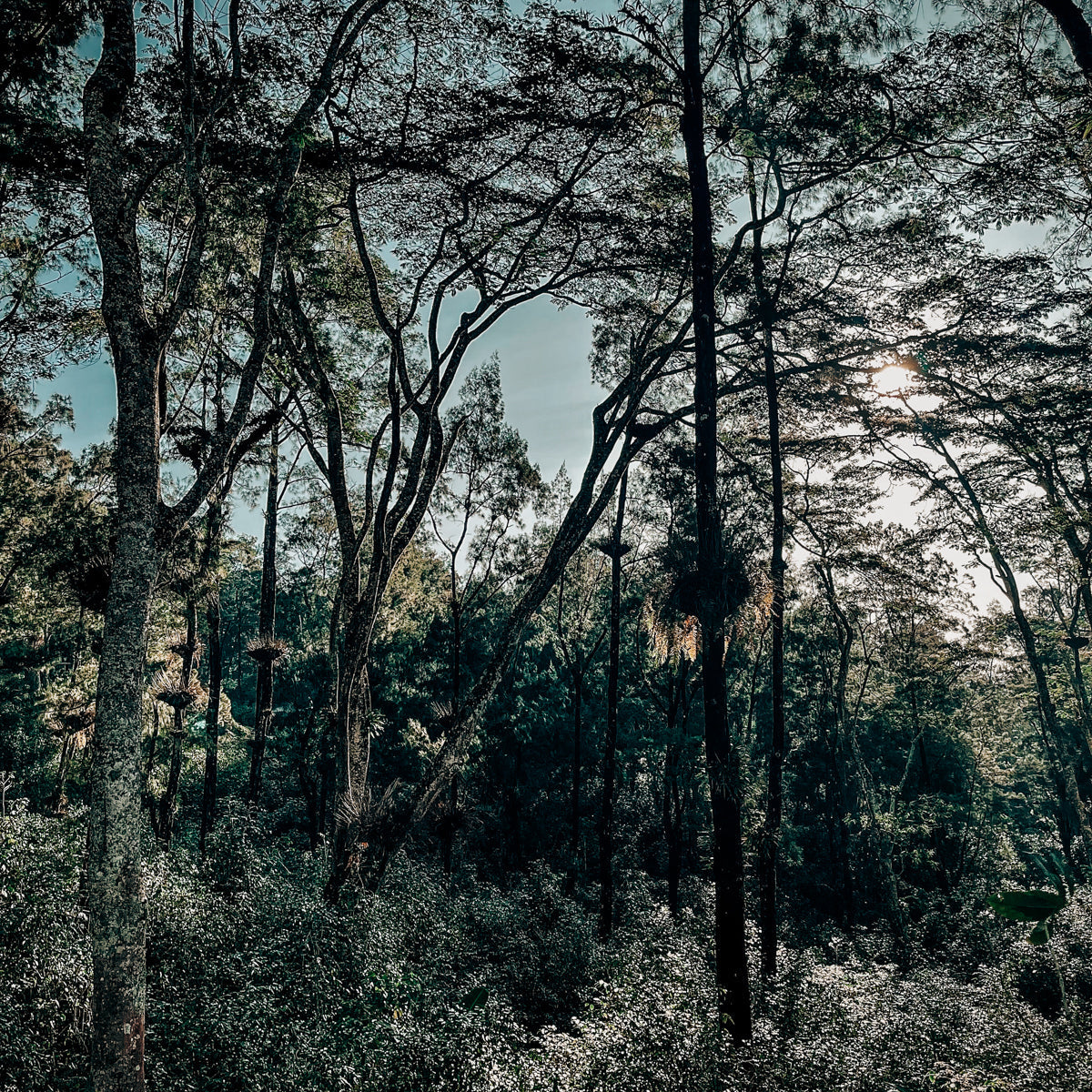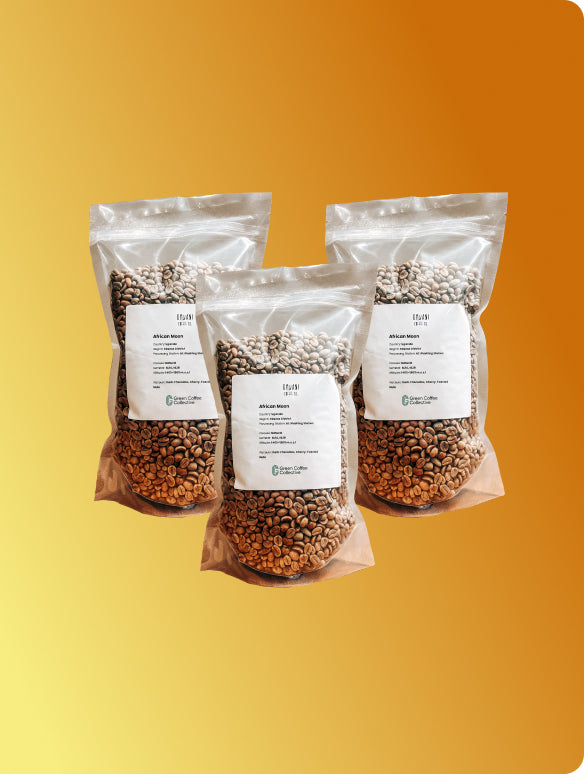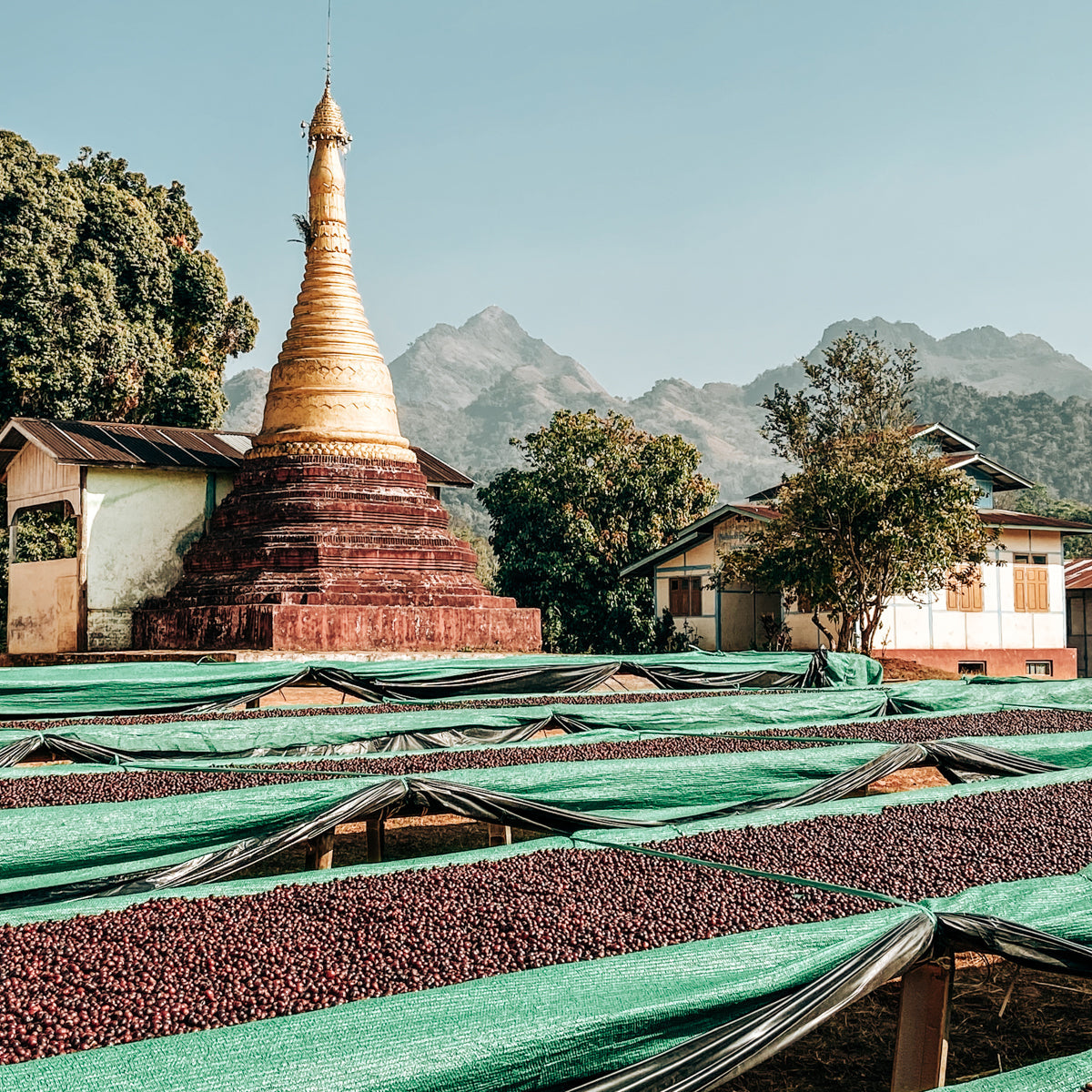
Myanmar Green Coffee Beans
Myanmar coffee is a rising star in the specialty world, offering a unique mix of vibrant flavours and rich complexity. These beans showcase everything from juicy, fruit-forward naturals to clean, citrusy washed coffees with bright acidity and floral notes. With a growing reputation for quality and sustainability, Myanmar is fast becoming a must-try origin for roasters looking for something truly distinctive.
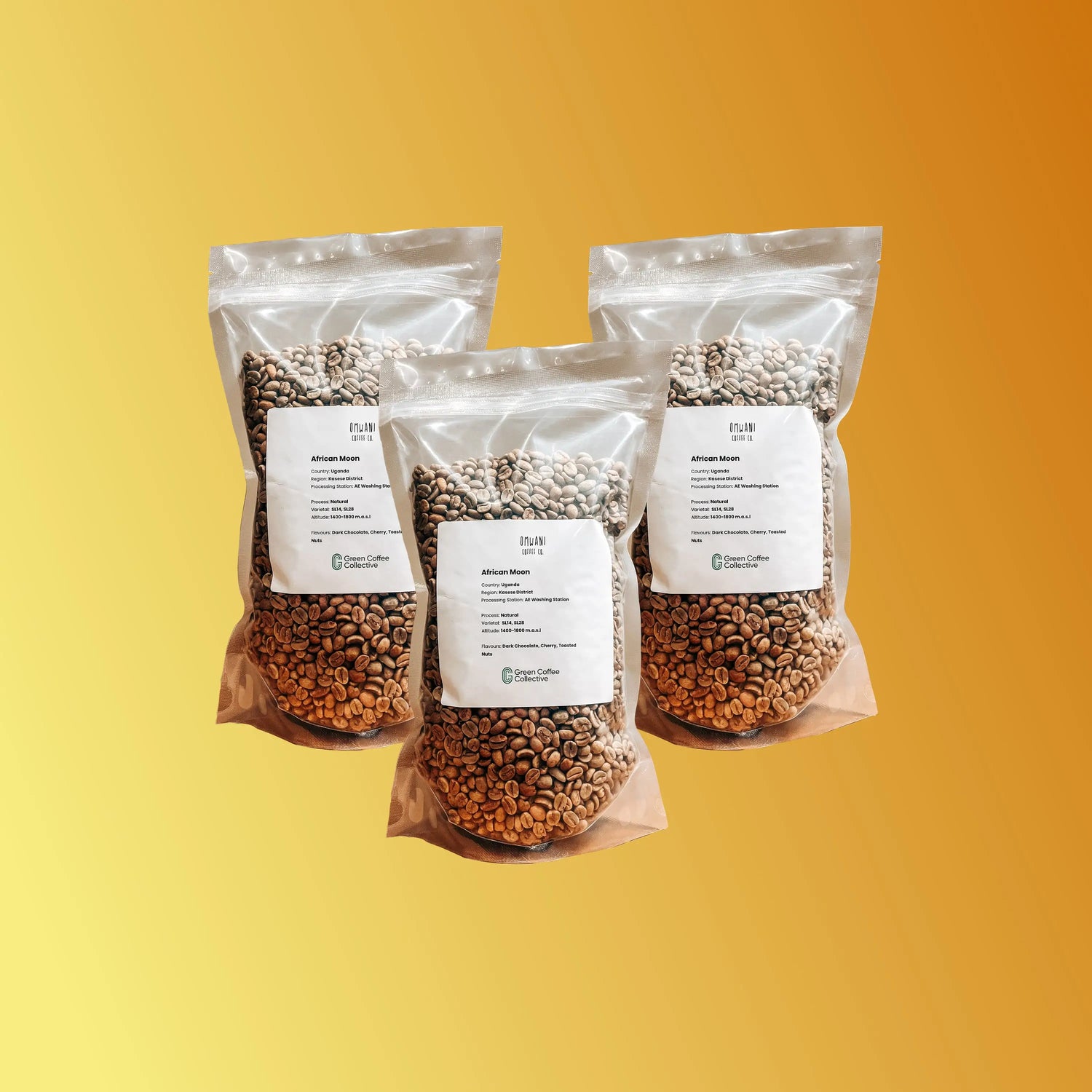
Your guide to Myanmar Green Coffee Beans
-
What is the flavour profile of coffee from Myanmar?
-
What is special about coffee from Myanmar?
-
What is our relationship with Burmese producers like?
-
Discover the Exceptional Potential of Myanmar Green Coffee Beans
-
Why Myanmar Green Coffee Beans Are Celebrated Worldwide
-
Why Roasters Love Myanmar Green Coffee Beans
-
Flavor Profile & Cupping Notes
-
Coffee-Growing Regions of Myanmar
-
Varietals & Species
-
Harvest Seasons & Availability
-
Processing Methods in Myanmar
-
Notable Varieties of Myanmar Green Coffee Beans
-
Usage & Versatility of Myanmar Green Coffee Beans
-
Best Brewing Methods for Myanmar Green Coffee Beans
-
Quality Standards for Green Coffee Beans in Myanmar
-
Sourcing & Traceability
-
Buy 100% High-Quality Myanmar Green Coffee Beans
